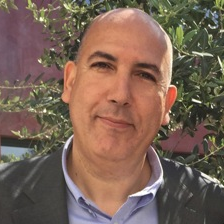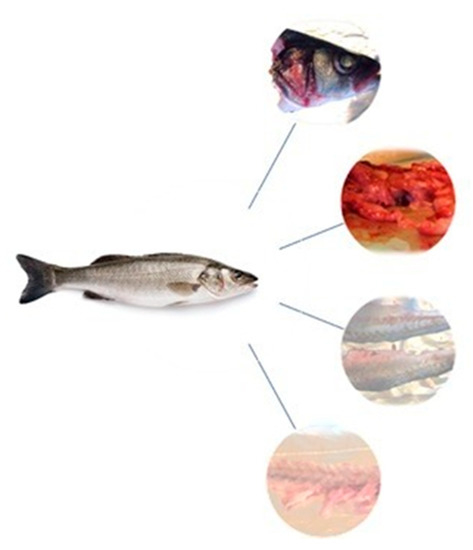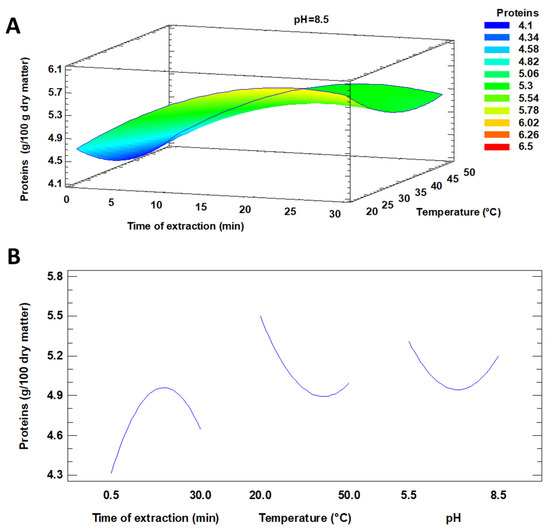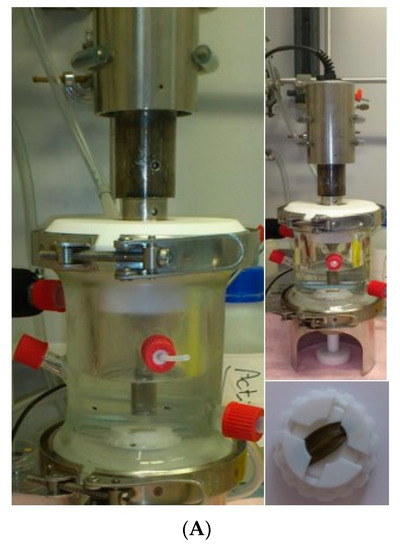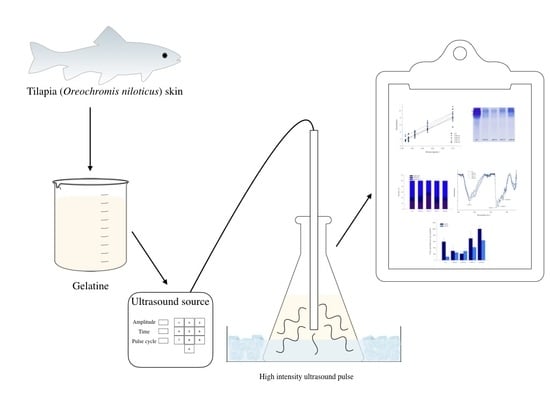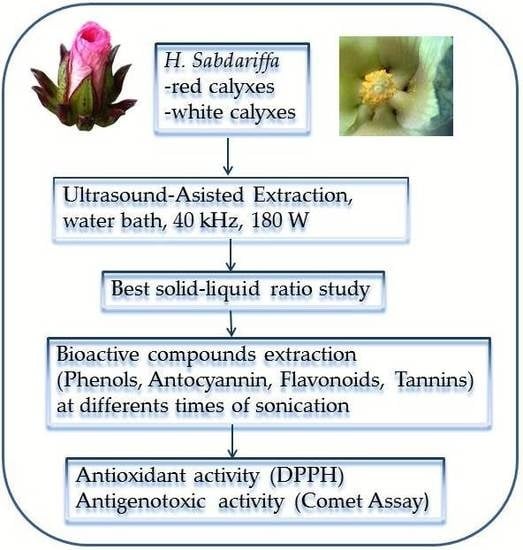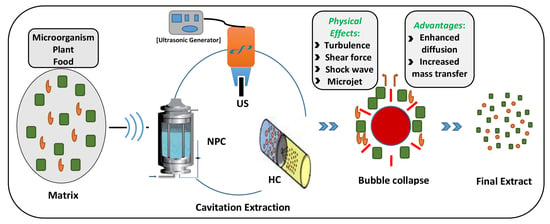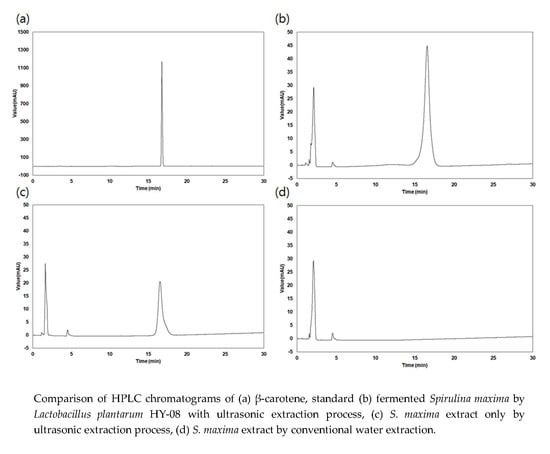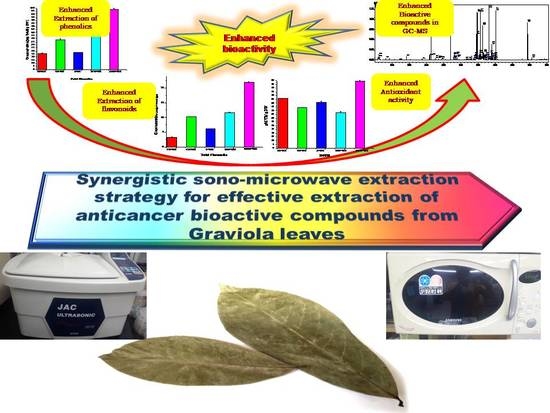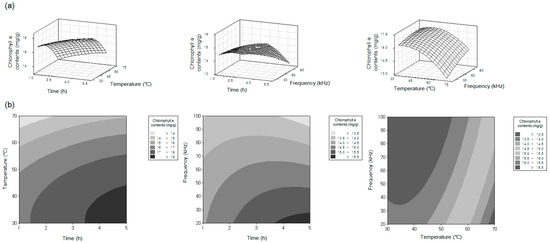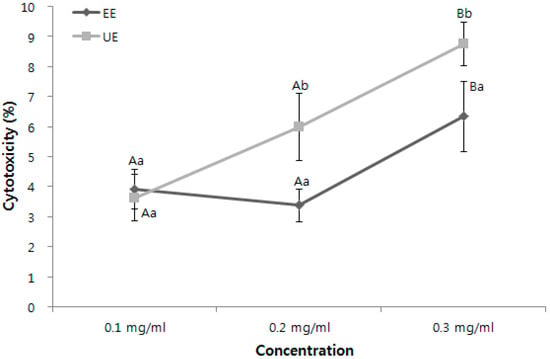Ultrasound in Extraction Processing
A topical collection in Applied Sciences (ISSN 2076-3417). This collection belongs to the section "Acoustics and Vibrations".
Viewed by 57977Editors
Interests: green extraction; alternative solvents; innovative technologies; original procedures; microwave; ultrasound; intensification
Special Issues, Collections and Topics in MDPI journals
Topical Collection Information
Dear Colleagues,
Ultrasound-assisted extraction is a hot research topic which affects several fields of modern plant-based chemistry. Ultrasound is a key-technology in achieving the objective of the "sustainable" and "green extraction" of natural products. Using ultrasound, full extractions can now be completed in minutes with high reproducibility, reducing the consumption of solvent, simplifying manipulation and work-up, giving higher purity of the final product, eliminating post-treatment of waste water, and consuming only a fraction of the fossil energy normally needed for conventional extraction methods. This collection will present a complete picture of the current knowledge on ultrasound-assisted extraction (UAE) in food ingredients and products, nutraceutics, cosmetic, pharmaceutical, and bioenergy applications.
The present Special Issue, "Ultrasound in Extraction Processing", aims to collect and publish recent advances in this interdisciplinary area in the form of reviews and research articles dealing with extraction by ultrasound, the techniques and their combinations, the mechanisms, applications from laboratory to industry, security, and environmental impacts. Experts are welcome to give their opinion about how Ultrasound Extraction contributed/contributes/will contribute to the natural products area, possible trends, and perspectives.
Prof. Dr. Farid ChematProf. Dr. Muthupandian Ashokkumar
Collection Editors
Manuscript Submission Information
Manuscripts should be submitted online at www.mdpi.com by registering and logging in to this website. Once you are registered, click here to go to the submission form. Manuscripts can be submitted until the deadline. All submissions that pass pre-check are peer-reviewed. Accepted papers will be published continuously in the journal (as soon as accepted) and will be listed together on the collection website. Research articles, review articles as well as short communications are invited. For planned papers, a title and short abstract (about 100 words) can be sent to the Editorial Office for announcement on this website.
Submitted manuscripts should not have been published previously, nor be under consideration for publication elsewhere (except conference proceedings papers). All manuscripts are thoroughly refereed through a single-blind peer-review process. A guide for authors and other relevant information for submission of manuscripts is available on the Instructions for Authors page. Applied Sciences is an international peer-reviewed open access semimonthly journal published by MDPI.
Please visit the Instructions for Authors page before submitting a manuscript. The Article Processing Charge (APC) for publication in this open access journal is 2400 CHF (Swiss Francs). Submitted papers should be well formatted and use good English. Authors may use MDPI's English editing service prior to publication or during author revisions.
Keywords
-
Green extraction, separation, and purification
-
Intensification
-
Mechanisms
-
Combination with green and biobased solvents
-
Combination with innovative and hybrid techniques




